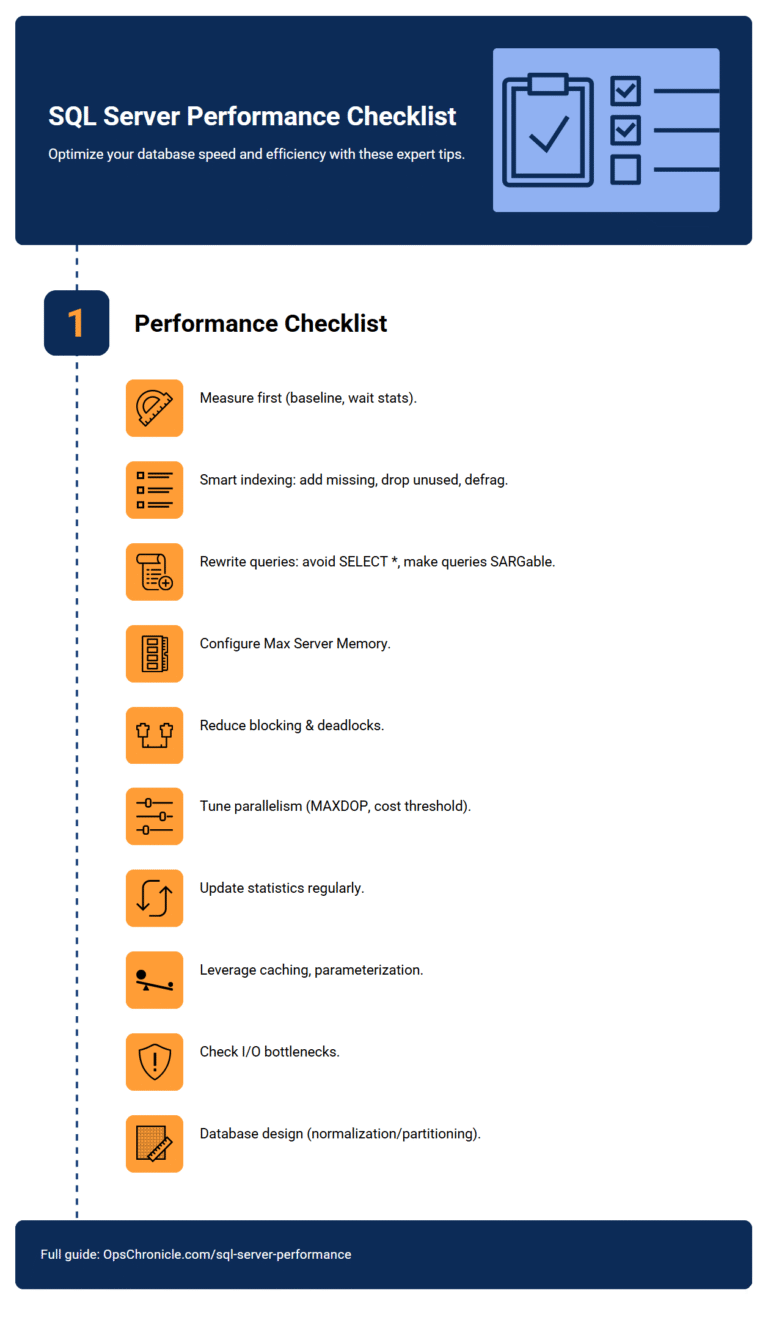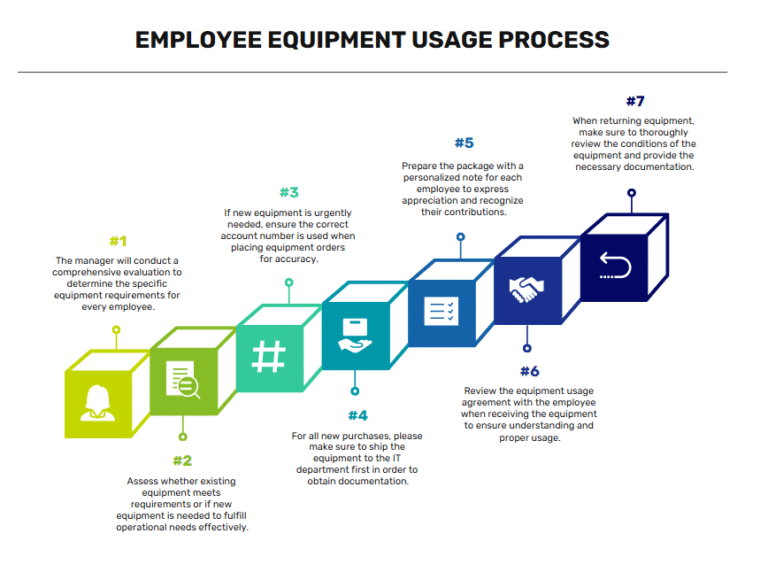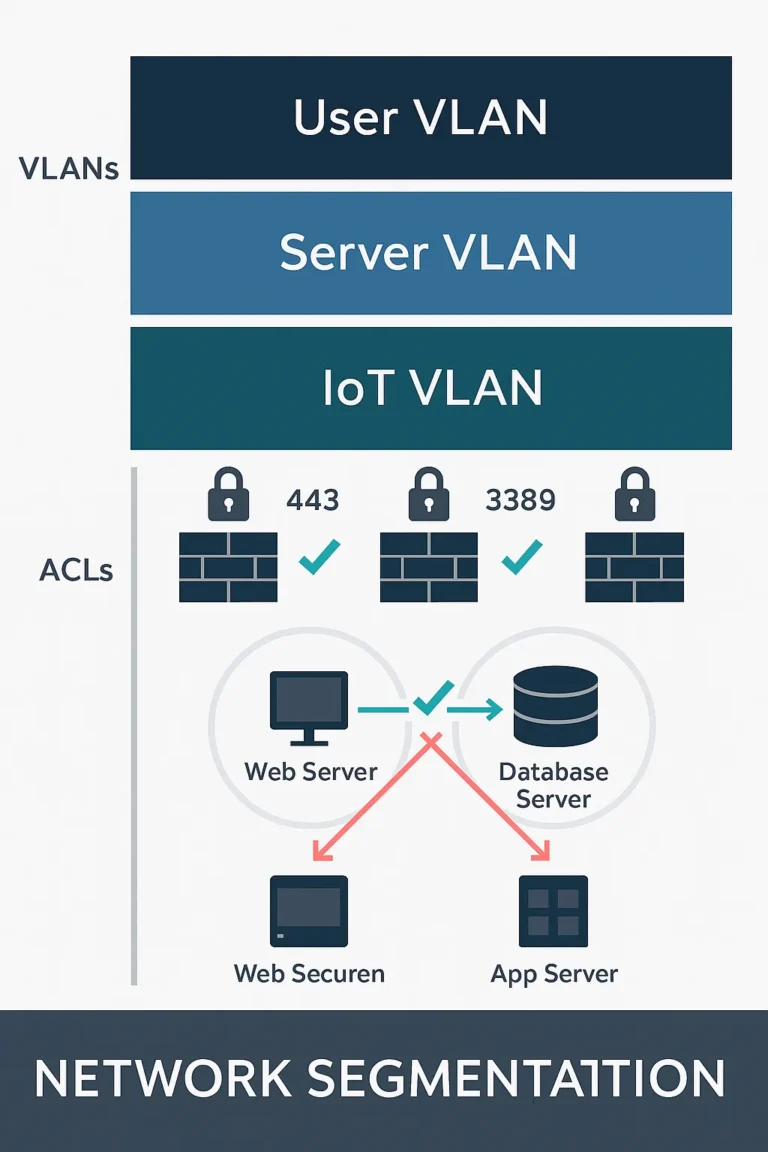TCP-IP
TCP/IP & Common Ports: The Definitive Guide to the Internet’s Language Every website you browse, every email you send, and every video you stream travels across a global network using a common language. This language isn’t English or code; it’s the TCP/IP protocol suite. Understanding TCP/IP is not just academic—it’s the absolute foundation for troubleshooting network issues, […]





